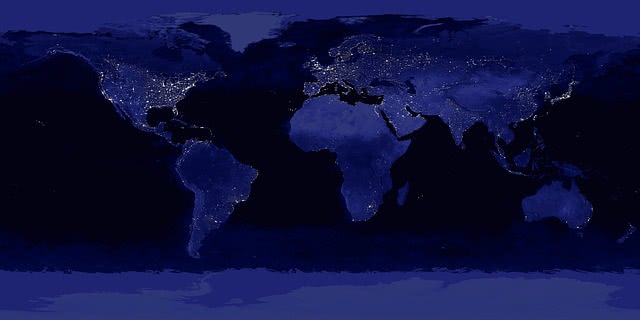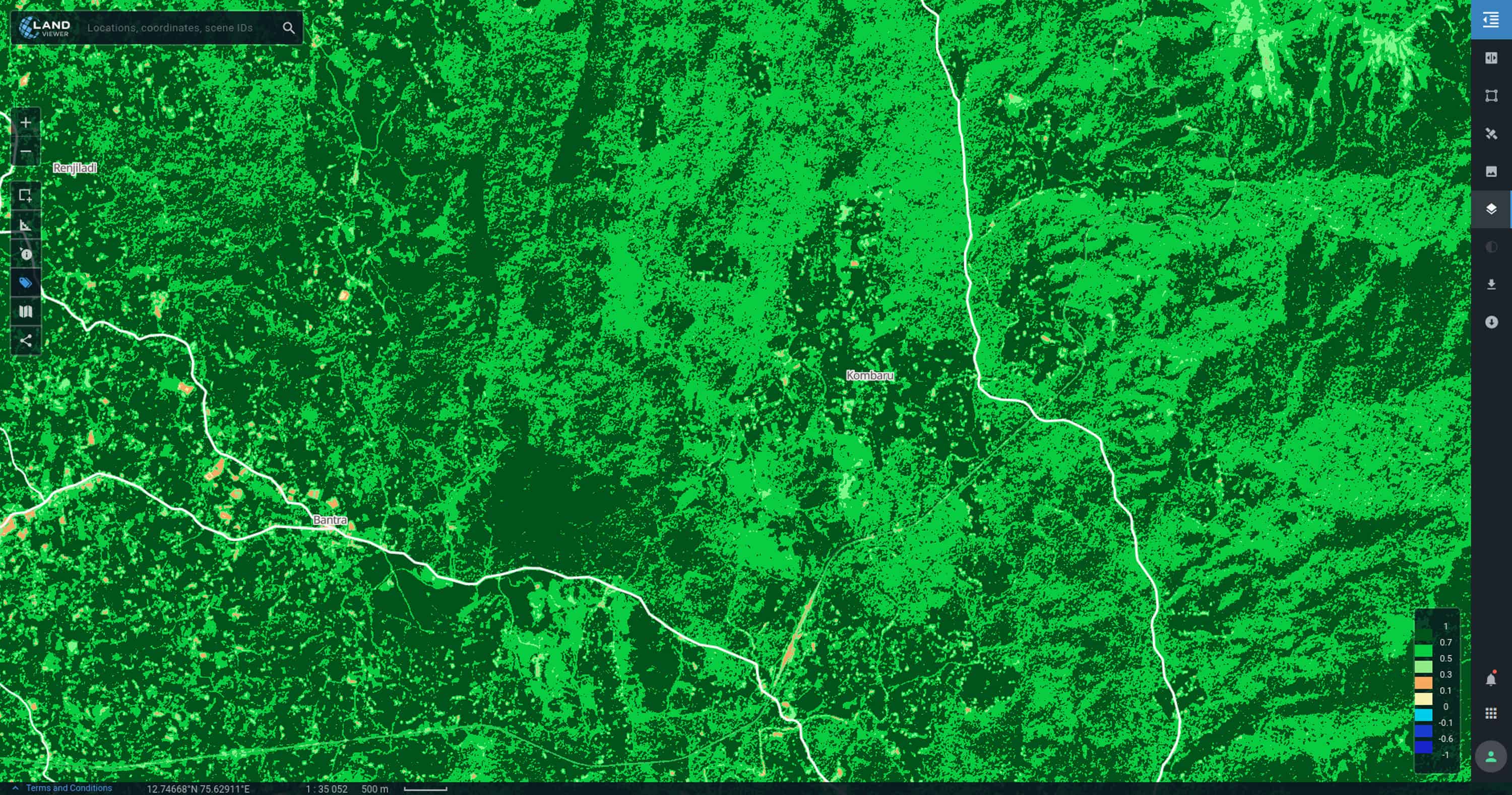Photogrammetry is a field that has seen exponential advancement along with the use of software that can cater to the specific needs of the user. Its compact size and ease to use is an added incentive that makes it the best option to use for structural analysis and 3D representations of any site. The high precision measurements it offers with the computational benefits has allowed for the incorporation of photogrammetric techniques in various fields. This is a growing technology and will see numerous advancements and changes with the increasing digitization and use of complex software.

Related: How is Blockchain technology a Game-Changer in Real Estate Industry?
Here are some of the applications of photogrammetry described below:
- Mapping: Photogrammetry is used in mapping of terrains by using photos taken using UAV, drones, UAS or satellites. It provides high-resolution images with high accuracy and with much faster turnaround time. Photogrammetry allows both vertical and oblique photos that help to get an accurate image of the terrain which helps in 3D mapping of an area. With the possibility of aerial photographs, it is now easy to access difficult to reach areas to map the terrain which even includes underwater terrains as well.
- Civil engineering: Photogrammetric techniques offer detailed information on the layout of the land surface which is of prime importance in civil engineering. With the help of the images and 3D representation of the area accurate design can be made. Photogrammetric maps also help in laying out plans for urban development. It helps to understand the terrain well so that the roads and tracks could be planned accurately for easier and proper transportation.
- Geology: Photogrammetry is a very efficient way to identify soil types and layers. With the point cloud image generated using photogrammetry, it is possible to understand the shape of rocks its formation and the composition. Many times, photogrammetry is used to study the depth and assess the volume of lakes or rivers. It is also used in Forestry to study the vegetation and the thickness of the forest.
- Archaeology: Photogrammetry offers a unique opportunity to map an area using historic photos to understand the structures and layout on an archaeological site. Overhead photography is commonly applied to map surface remains at excavation sites. Photogrammetry offers immense ease in charting maritime archaeology as compared to traditional methods.
- Medicine: Close range Photogrammetry is used in diagnosis and treatment of certain illnesses and is widely used in biomedical research. This technique is primarily used for face and body measurements and to record motions more specifically for the measurements of the back, torso and the face surface shape.
- Non-topographic Application: Photogrammetry has also been used for many non-topographic applications in medicinal science. It is frequently used in radiology to improve the accuracy and in surgeries like neurosurgery, sinus surgery, and plastic surgery or in rehabilitation. Photogrammetry can be very helpful in surgeries that are challenging due to the location of the site or any extra growth like tumors. 3D modeling of the growth in relation to the nerves, muscles and other organs can help the surgeons in planning the approach of the surgery.
- Photogrammetric images allow the three-dimensional analysis of the palate and its variations while performing rapid palatal expansion and in understanding the dental movement that is achieved.
- Structural engineering: Structural engineering uses Photogrammetry to monitor large structures. It becomes advantageous to use this technique as an unlimited number of points can be considered for measurements and can be processed automatically within no time at all. Due to the complete packaging available to take photographs and then chart it out on a 3D image with accurate image automatically, photogrammetry is preferably used. The easy to use smaller build and capacity to take the images in any conditions and from any angle makes it an appealing option for use in structural engineering and monitoring. The high accuracy offered by photogrammetric techniques and the 3D renderings it has become much easier to assess a site and evaluate a construction project on a step by step basis. Photogrammetric options allow projection of the prospective result on completion of the construction as well.
- Sports: Photogrammetric techniques have introduced a new level of accuracy to the sports industry. This is especially applicable for the sports and recreation activities that depend on maps. Sports like biking, climbing, trekking, cross country rallies all depend on the accuracy of the terrain maps. With photogrammetry terrain maps players get a very accurate idea of the challenges and the diversity in the terrains that they are to race and plan their approach accordingly. Another recent application of Photogrammetry in sports is in a virtual training system. In this photogrammetry is used in tracking the body movements and can record even the smallest of the shift in body orientation allowing them to identify errors and improve their performance by many degrees.
- Film making and entertainment: With digitization, the making of movies has seen a dramatic change. Filled with amazing animatronics we see movies which we could have never before imagined possible. With the help of photogrammetry accurate 3D models are created which gives the filmmakers the freedom to design the set. Photogrammetry with its capacity to get high accuracy dimensions has enhanced the creation of realistic environments. This feature of photogrammetry is now extensively used in building the virtual environments for games creating photo realistic situations to improve the experience.
- Real estate: The boom in the real estate business cannot be ignored. The high competition in the market has compelled the real estate industry to implement the latest technologies to market and showcase the striking visuals of their properties. With the help of drone and photogrammetric techniques real estate agents are able to get the photographs taken from various angles with maximum accuracy within a short span of time. It’s a cost-effective method to allow the buyer to view and decide.
- Forensics: Due to its fast-high accuracy measurements Photogrammetry has immense potential in its use in Forensic Sciences and studies. It is frequently used in traffic accidents and accidental injury cases where knowing the minutest details is of utmost importance. Photogrammetry helps in documenting the exact measurements with precision which is helpful and accepted in the court of law.

Below is a list of a few of the advantages that Photogrammetry offers as compared to traditional methods:
- The foremost advantage of photogrammetry is the ease and speedat which the data can be collected. With the use of UAV, UAS, or satellite imagery, photogrammetry can help in capturing images, analyze the data to get the measurements and convert them to a 3D map in no time and least cost.
- The photogrammetric techniques yield results that are highly accurate making it very reliable to use for mapping or other purposes.
- It offers a wide or broad view of the mapped area by utilizing both topographic and cultural features of the land surface. This allows for other studies to use corresponding data more efficiently.
- The data that is collected is permanent and accurate and records the condition that existed at the time the photographs were taken in both the pictorial and metric forms.
- Due to the fact that the information collected is permanent, it is much easier to re-survey or re-evaluate the site again to get any of the missing information without the loss of any time.
- With the use of UAV, UAS, or satellite imagery photogrammetry it is easy to take photos of remote areas and hard to reach locations with accuracy in dimensions. This also lowers the threat to the safety of the crew surveying places that may be dangerous.
- While surveying roads with photogrammetry the photos and measurements can be done without disrupting the flow of the traffic or endangering the lives of the crew. Once the features of the road are recorded it can be used in planning for future projects.
Below is a list of the disadvantages associated with the use of photogrammetry:
- The major disadvantage is that the photogrammetric survey is not possible in the absence of light. It cannot project its own light source which makes it difficult to take photographs when the source of light is low.
- It cannot be used for accurate measurements when there are visibility constraints in the area which can be caused by seasonal occurrences like snowfall or rainfall. If there is a vegetation or tree canopy that can block the line of sight of the camera then the accuracy of the measurement is not possible.
- The accuracy of the measurements depends highly on the flight height.
- The digital aspect of the photogrammetry surveys makes it susceptible to hacks and loss of data due to viruses.
Photogrammetry in an all has made life much easier and simpler in the various fields of science. Despite its few disadvantages, people are taking much of the advantages of photogrammetry and collaboration with the latest software’s and technology has made its uses at the peak.
Also Read: Cryptocurrency and the Property Market
I have been admitted in to the postgraduate programme in MSc.Geomatic Engineering and will like to follow your publications and write ups as it enlightens me more in the field of Geomatic.